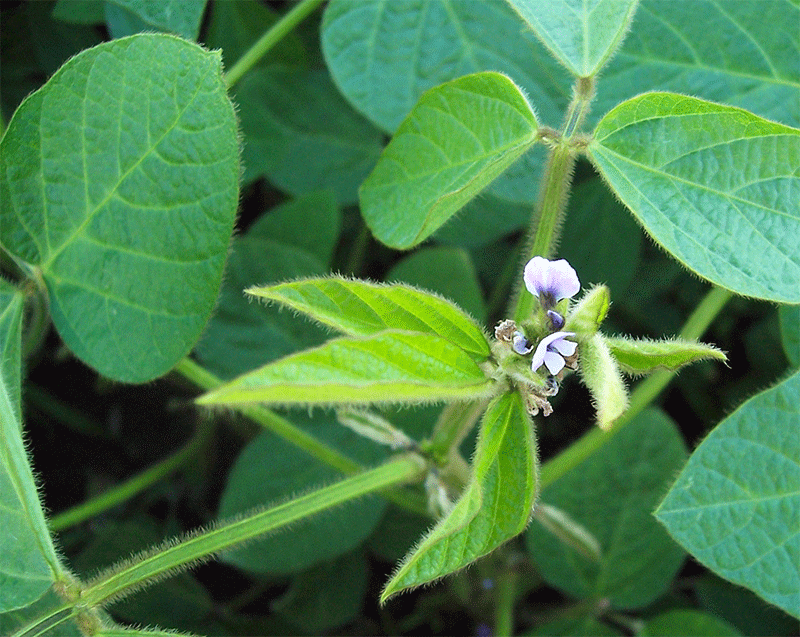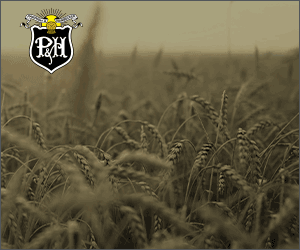Save the starter N
FEW CONDITIONS WARRANT STARTER NITROGEN ON SOYBEANS
A LOT OF nitrogen goes into producing a bumper soybean crop but researchers still seem to agree there’s no economic advantage to applying a nitrogen (N) starter in most cases.

Some yield contest winners have contributed part of their past success to in-furrow nitrogen starter fertilizer, but replicated trials have been unable to reproduce these results in any consistent way. Horst Bohner, soybean specialist for Ontario’s Ministry of Agriculture, Food, and Rural Affairs, says that neither pre-plant or in-season N application is recommended under normal conditions.
Michael Vanhie, who now works with DuPont, worked on a two-year project as part of his Master’s degree under Bohner’s supervision. As part of his thesis, he examined the potential benefits of applying nitrogen to a soybean crop, but existing research literature offered little evidence to suggest a significant advantage.
“The primary purpose of the trial was looking at managing corn residue, but we also looked at nitrogen, thinking that maybe if we applied some nitrogen it might help decompose some residue or might help give the soybeans an early start,” he says. “On average, there was a positive response to nitrogen (that) essentially paid for the cost of the nitrogen fertilizer.”
EXCEPTIONS TO THE RULE
Vanhie says the trends in their research data did suggest that cold soils, low organic matter soils, or dry soils might benefit more from nitrogen than soybeans grown in average conditions, but these findings weren’t really statistically significant.
Bohner also notes that drought in 2012 produced a 3.4 bushel per acre (bu/ac) advantage when nitrogen starter was included in a double-cropped soybean scenario. But, following up with Richard Taylor, an extension agronomist at the University of Delaware who’s done more recent work on double cropping soybeans, there’s still no consistent advantage in a nitrogen starter for even double-cropped soybeans.
“Think about when a starter really makes a difference; it’s when soil conditions are cold,” he says. “Once it warms up, starter doesn’t have any impact at all… and double cropped soybeans are planted in June.”
Because double-cropped soybeans absolutely must be grown on narrow rows, Taylor doesn’t believe it’s even realistic to trial in-furrow banded application. In all of his work broadcasting early nitrogen on dryland soybeans, he says that starter nitrogen not only failed to produce a yield advantage, it also didn’t contribute to an increase in pod or plant height.
However, he does acknowledge that dryland beans might only yield 40 bu/ac where irrigated beans could be expected to give 70 bu/ac and in this scenario, applying some supplemental nitrogen may be worth considering.
SOYBEAN CYST NEMATODE
Dr. Haddish Melakeberhan, an associate professor of nematology at Michigan State University, suggests that another factor worth considering when making starter fertilizer applications may be the threat of soybean cyst nematode.
In a two year study on the effect of starter fertilizer on soybean cyst nematode management, Melakeberhan’s work demonstrated that good soybean nodulation was necessary for good yields. Where nematode population density negatively impacted nodulation, yields also suffered. When he subjected two nematode susceptible varieties and one resistant variety to both nematode stress and other abiotic stresses, adding nitrogen tended to decrease nodulation but increase yield for all varieties under low stress. In high stress cases, only one of the two susceptible varieties increased in yield with the addition of nitrogen.
“Basically, the study seems to suggest we can help the host a little bit,” Melakeberhan says, “but in the long run it may not be ecologically sustainable.”
Melakeberhan believes blanket decisions in applying soil amendments to manage for soybean cyst nematode are unreliable. Instead, he believes multi-dimensional interpretation derived from fertilizer use efficiency models are better able to assess the impact of applying starter nitrogen in specific cropping circumstances. •









